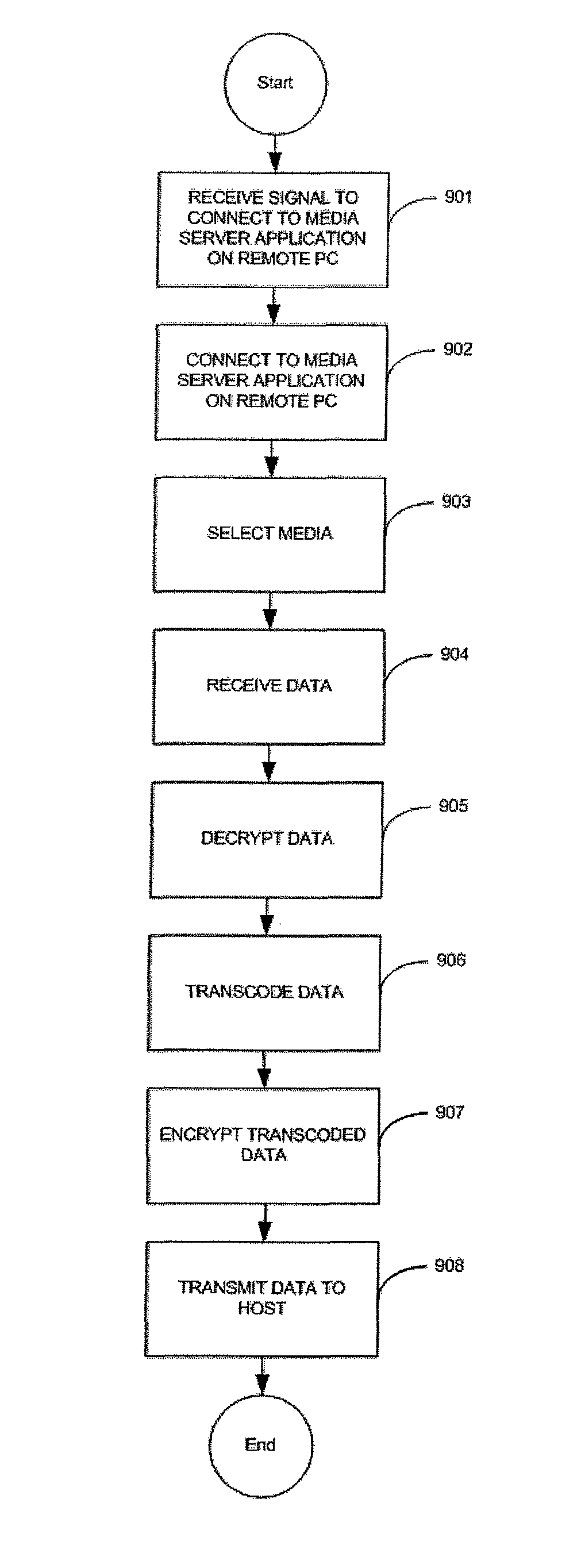Extended connectivity point-of-deployment apparatus and concomitant method thereof
a point-of-deployment and connectivity technology, applied in the field of point-of-deployment (pod) modules, can solve the problems of imposing constraints and conditions on recording and playback, impeded their widespread use, and one-way cablecards deployed in the united states, and do not provide interactive program guides, video on demand control functions,
- Summary
- Abstract
- Description
- Claims
- Application Information
AI Technical Summary
Benefits of technology
Problems solved by technology
Method used
Image
Examples
Embodiment Construction
[0072]Reference will now be made in detail to the embodiments of the present general inventive concept, examples of which are illustrated in the accompanying drawings, wherein like reference numerals refer to the like elements throughout. The embodiments are described below in order to explain the present general inventive concept by referring to the figures.
[0073]FIG. 2 is a block diagram illustrating components of a wireless point of deployment (POD) module 200 according to an embodiment of the present general inventive concept. A set-top terminal (STT) may not be necessary to operate a host (e.g., television) connectable to an external network through the wireless module 200. The present embodiment described herein applies equally to all types of POD modules, including, but not limited to CableCARDs and Common Interface Modules
[0074]Conditional Access (CA) devices, such as CableCARDs, are typically built in accordance with prescribed physical and electrical standards, to ensure c...
PUM
 Login to View More
Login to View More Abstract
Description
Claims
Application Information
 Login to View More
Login to View More - R&D
- Intellectual Property
- Life Sciences
- Materials
- Tech Scout
- Unparalleled Data Quality
- Higher Quality Content
- 60% Fewer Hallucinations
Browse by: Latest US Patents, China's latest patents, Technical Efficacy Thesaurus, Application Domain, Technology Topic, Popular Technical Reports.
© 2025 PatSnap. All rights reserved.Legal|Privacy policy|Modern Slavery Act Transparency Statement|Sitemap|About US| Contact US: help@patsnap.com



